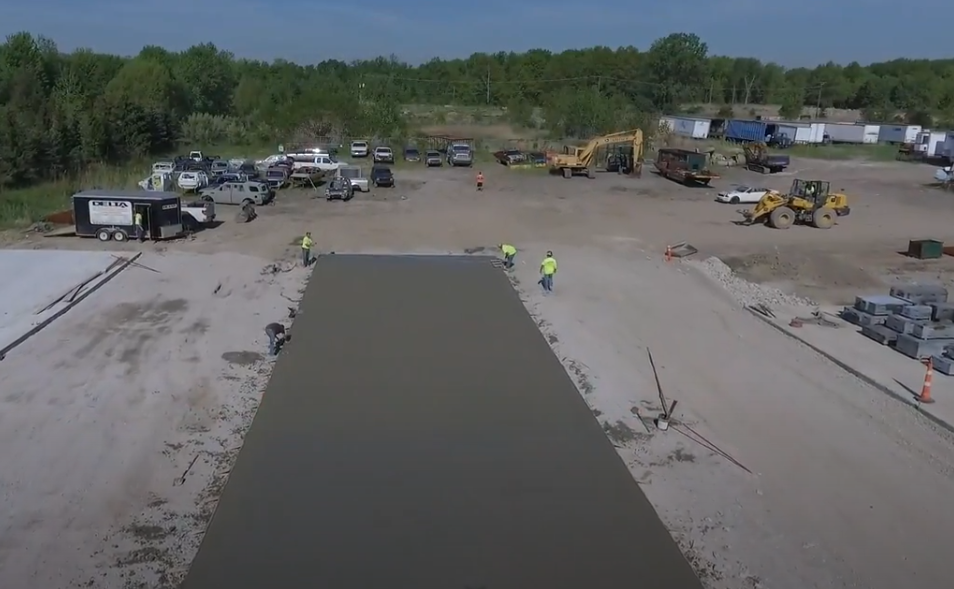Understanding the Uses of Press Pits in Industrial Settings
In many industrial and manufacturing environments, efficient space and worker safety are top priorities. One key feature that supports both is the press pit. Press pits offer several functional and operational advantages, especially in heavy-duty applications.
This article explores the purpose and benefits of press pits in industrial facilities. From improving ergonomics and safety to enabling efficient operation of large presses, press pits play a crucial role in modern manufacturing environments across industries such as automotive, aerospace, and metal fabrication.
What Is a Press Pit?
A press pit is a sunken section of a factory or workshop floor designed to accommodate the lower half of a press machine. The pit allows the press bed or bolster to be flush with or slightly below floor level. This configuration improves accessibility, streamlines material handling, and increases safety for machine operators.
Key Uses of Press Pits
- Housing Large Industrial Presses: Large stamping, forging, or forming presses can be massive, sometimes extending several feet below ground. A press pit provides the necessary vertical space without increasing the height of the building. This is especially useful in facilities with height limitations.
- Improved Operator Ergonomics: By recessing part of the machine into the floor, press pits allow operators to work at a comfortable height, reducing strain on the body. Workers can load and unload parts more easily without excessive bending or lifting.
- Facilitating Material Flow: Press pits simplify the movement of heavy materials before and after pressing. Rollers, conveyors, or automated systems can operate more efficiently when the equipment is level with the floor, aiding in the smooth flow of production.
- Enhancing Workplace Safety: Press pits reduce the risk of accidents by minimizing the need for elevated platforms or stairs. With the press bed at ground level, there is less risk of falls or dropped materials, and emergency stops or shutoffs are more accessible.
- Supporting Maintenance and Inspection: A recessed press allows for easier access to the lower components of the machine for routine maintenance or inspection. Some press pits include service tunnels or entry points so technicians can safely enter and work below the press structure.
- Noise and Vibration Control: The pit can help contain noise and vibration generated by large presses, especially in metal stamping or forging. Combined with vibration-dampening mounts, this setup can significantly reduce the transmission of sound and shock to the surrounding environment.
Applications Across Industries
Press pits are used in a wide range of industries, including:
- Automotive manufacturing – for stamping car body panels.
- Metal fabrication – for shearing, bending, and forming steel parts.
- Aerospace – for precision forming of aluminum or titanium components.
- Appliance production – for stamping and shaping metal casings and housings.
Start Your Press Pit Design Today!
Press pits are a vital feature in many industrial facilities that rely on heavy pressing machinery. By improving ergonomics, workflow efficiency, and safety, they contribute significantly to optimized production environments. We’re not like other industrial concrete companies – we’re a Michigan-based company that’s been in business since 1993, so you can trust our knowledge and expertise. Contact us to request a quote!
Want more tips? Download our press pit guide today!



